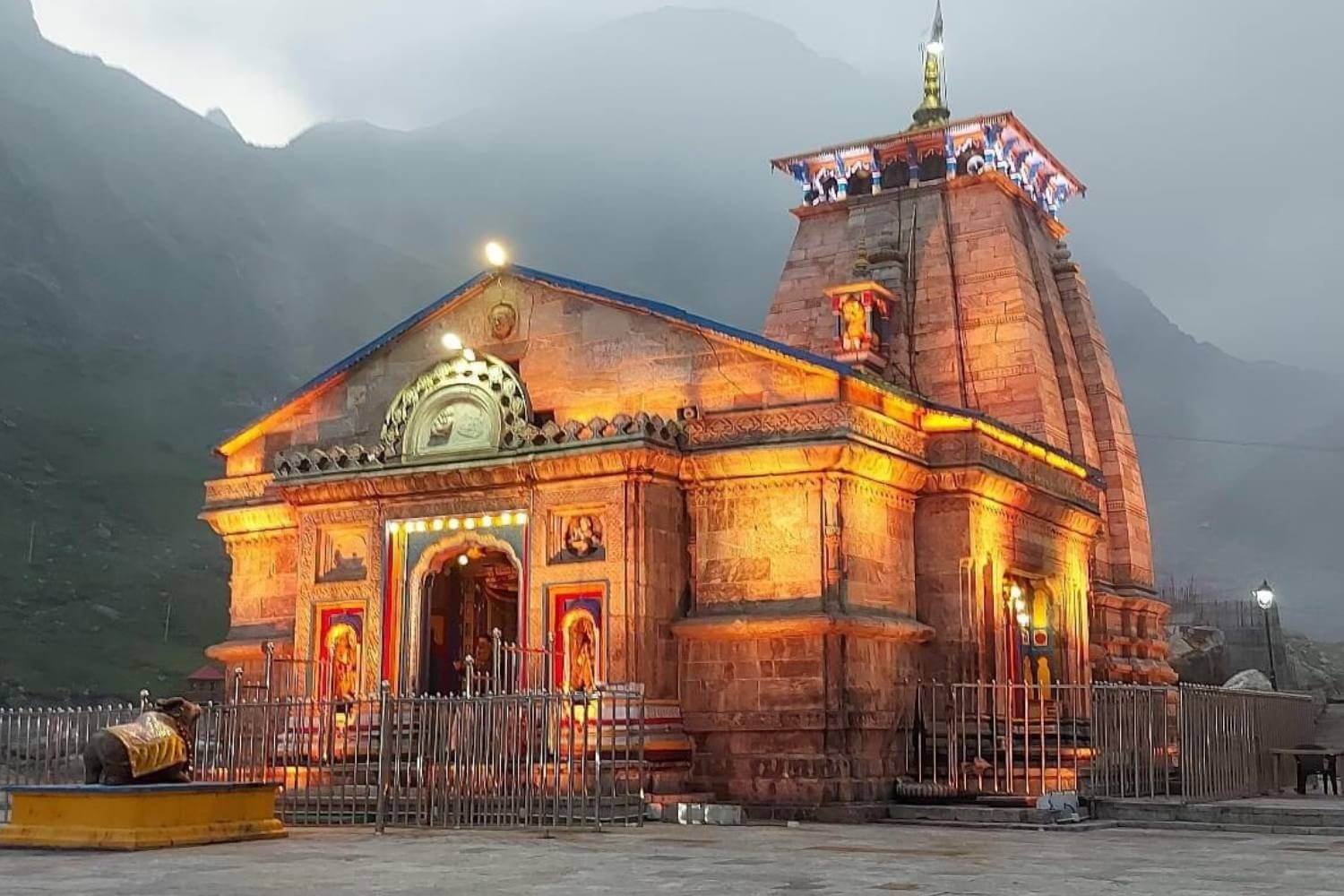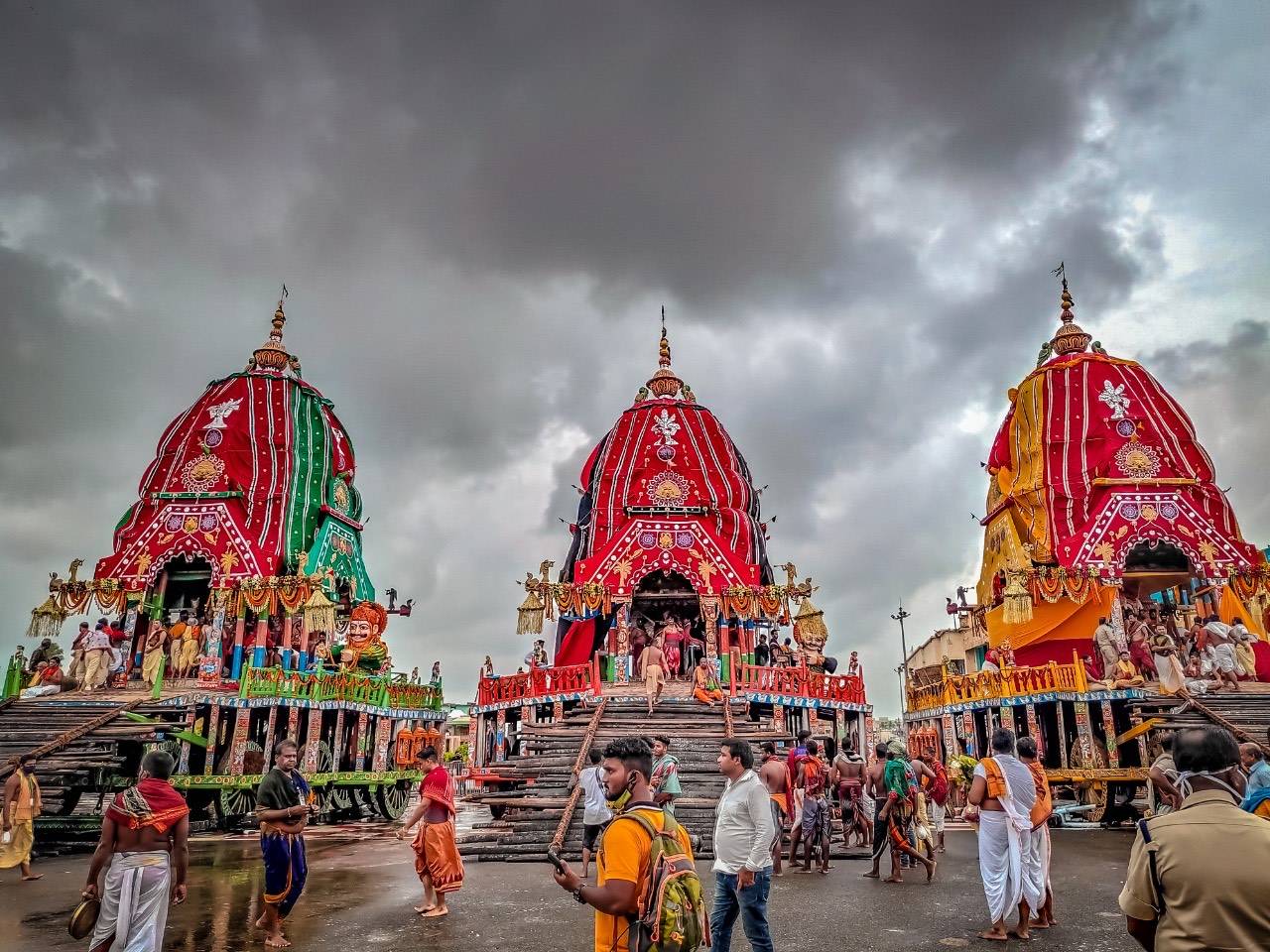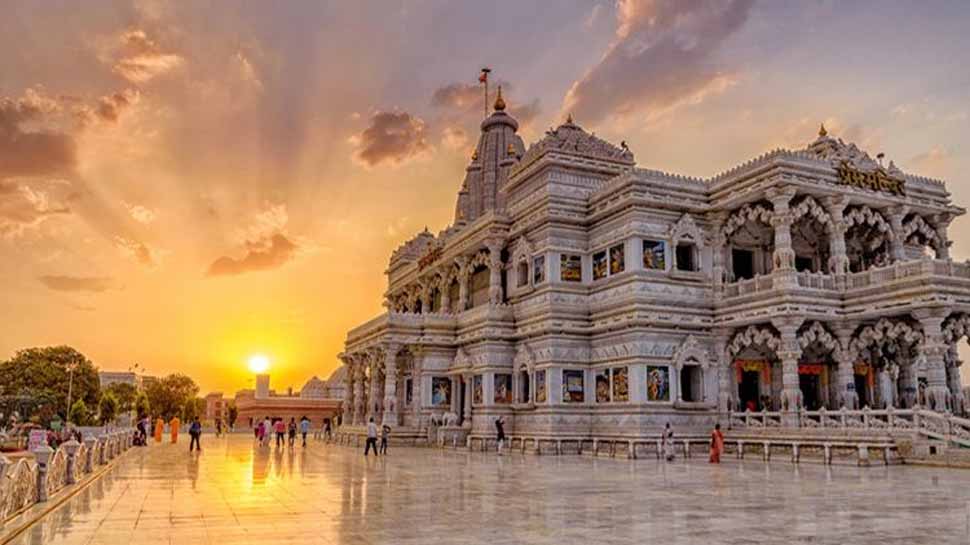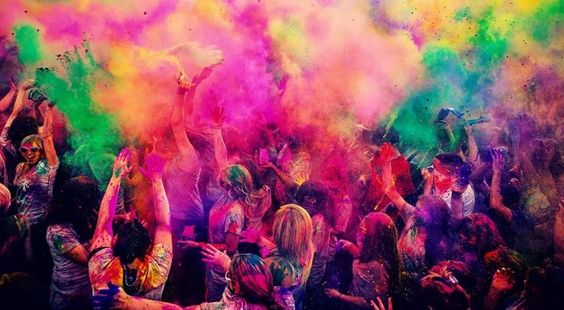The Kedarnath legend, history and sacred travels.
A the forest's fire, water shortage, and low levels of oxygen in the journey to Kedarnath are a few of the moments that make an impression in the course of its history as do the landslides and floods that caused havoc in 2013.

A the forest's fire, water shortage, and low levels of oxygen in the journey to Kedarnath are a few of the moments that make an impression in the course of its history as do the landslides and floods that caused havoc in 2013.
Recently it was announced that the Uttarakhand Government announced a plan to construct an 8-crore glass bridge across the Mandakini river that runs from Rambara (a small town that lies about 7 km from the Kedarnath Temple) up to Kedarnath temple. This project is intended to rejuvenate the village that was a frequent stop for pilgrims and devotees prior to the floods.
The worshippers of Shiva visit Kedarnath each year. Kedarnath Dham, located in the Rudraprayag District of Uttarakhand located in the middle of the Garhwal Himalayas, is an integral part of the Char Dham Yatra which comprises Yamunotri, Gangotri and Badrinath.
The mythology behind Kedarnath
The legend goes that the Pandavas were seeking Lord Shiva to free themselves from the guilt that they had caused by killing the blood relations of their relatives. But Shiva was not ready to cleanse them from their guilt and took on the disguise of a bull and wander in the mountains of the Garhwal Himalayas. When he was discovered in the hands of Pandavas, Shiva dove underground. Bhim could not grasp his hump. The body part belonging to Shiva in the shape of a bull appeared up in various places.
The bull's hump was discovered in Kedarnath The navel appeared in Madhya Maheshwar, two forelegs were seen in Tunganath The face appeared in Rudranath and the hair was found in Kalpeshwar. They are collectively known as the Panch Kedar The five holy sites.
The beauty of the shrine
The temple is believed to be over 1,200 years old, and is one of the 12 jyotirlingas found in India. The magnificent Kedarnath summit (6,940 meters) is located behind the temple, along with other peaks that add to the beauty of the region.
Made of massive thick, heavy and even cut grey stones The structure is an absolute masterpiece. The conical Shiva lingam is revered to be God or Lord of the Universe in Sadashiva appearance. It is a distinctive feature of the temple among Shiva shrines. There is a Garbha Griha. Garbha Griha is dedicated to worship, and the Mandap is an assembly of visitors and pilgrims.
The Kedarnath temple is closed at the beginning of Kartik (October-November) and then reopens during Vaishakh (April-May) each year. In this time of year, the sky appears to echo the Lord Shiva in the snow-covered meadows, peaks and forests in the lower ranges of the Himalayas. The temple is situated on the banks of the Mandakini and Saraswati rivers.
Other destinations within Kedarnath Dham that are major tourist destinations are Gaurikund, Chorbari Tal, Bhairav Temple, and Vasuki Tal.
In looking back at the the past and its legends it is evident that Kedarnath has endured the tests of the test of time.
What's Your Reaction?




















